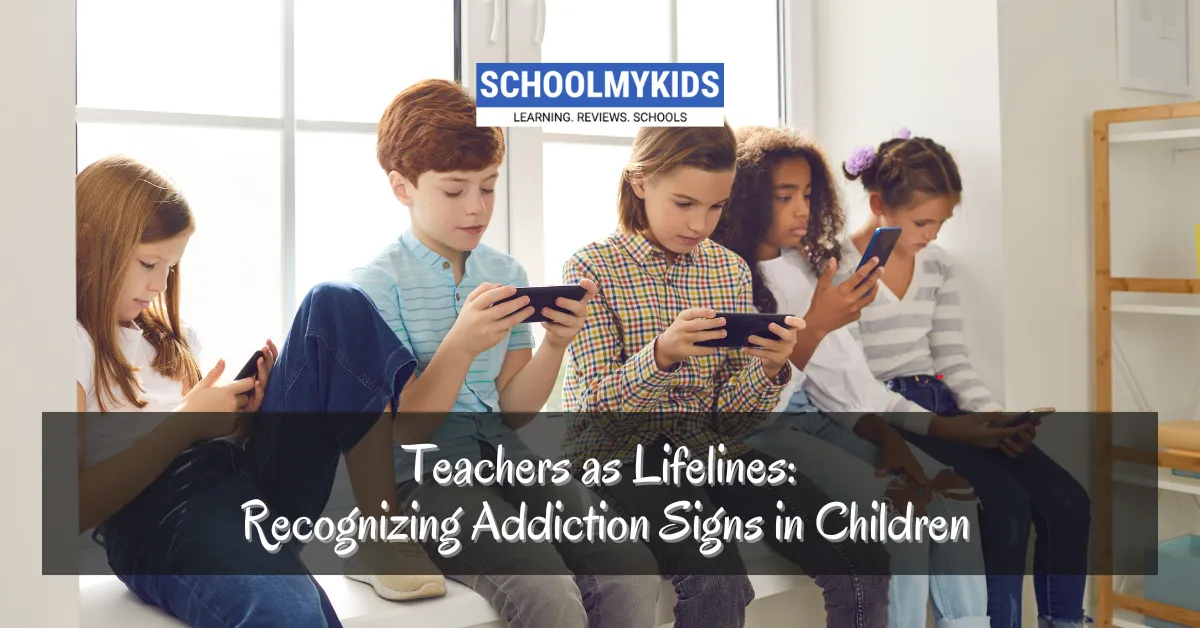As someone who spends countless hours with students, teachers are uniquely positioned to notice the early warning signs of addiction in young people. While parents might miss subtle changes due to their daily familiarity with their children, teachers can often spot behavioral shifts more easily, making them crucial frontline defenders in protecting children from substance abuse.
Why Teachers Matter in Identifying Addiction
Think about it – teachers see students five days a week, often for several hours each day. They observe how students interact with peers, handle stress, and perform academically. This consistent exposure gives teachers a comprehensive view of a student's typical behavior and any concerning changes that might emerge. Understanding how addiction affects young brains is crucial for teachers – for a detailed exploration of this topic, check out "The Science Behind Addiction in Kids: A Neurobiological Deep Dive," which explains the biological mechanisms that make children particularly vulnerable to addictive behaviors.
Moreover, students sometimes feel more comfortable confiding in teachers than in their own parents. The slight emotional distance, combined with the supportive role teachers play, can make them safe confidants for students struggling with addiction or substance abuse problems.
Key Signs Teachers Should Watch For
Let's break down the specific signs teachers should keep an eye out for in the classroom:
- Academic Changes: A sudden drop in grades, especially in a previously strong student, can be a red flag. Watch for decreased concentration, incomplete assignments, or a general lack of interest in subjects they once enjoyed. While these could indicate various issues, they're common signs of substance abuse.
- Behavioral Shifts: Notice if a typically outgoing student becomes withdrawn or if a usually calm student becomes aggressive. Pay attention to unexplained mood swings, excessive tiredness in class, or suspicious bathroom visits. These behavioral changes often signal underlying problems.
- Physical Indicators: Look for bloodshot eyes, frequent illness, significant weight changes, or poor physical coordination. While some of these symptoms might have innocent explanations, patterns of these physical changes warrant attention.
- Social Changes: Watch for sudden changes in friend groups, especially if a student starts avoiding their longtime friends. Notice if they begin associating with students known to have substance abuse issues. Social isolation or dramatic social changes can be telling signs.
How Teachers Should Handle Suspicions of Addiction?
If you're a teacher who suspects a student might be dealing with addiction, here's a structured approach to handle the situation:
- Document Everything: Start keeping detailed notes about the behaviors you observe. Include dates, specific incidents, and any patterns you notice. This documentation will be crucial when discussing the situation with school administrators or counselors.
- Consult with Colleagues: Check with other teachers who interact with the student. Are they noticing similar changes? Building a complete picture of the student's behavior across different classes can help confirm or dismiss your concerns.
- Follow School Protocol: Every school should have established procedures for handling suspected substance abuse. Familiarize yourself with these protocols and follow them carefully. This typically involves reporting your concerns to school counselors or administrators.
- Approach with Care: If you decide to speak with the student directly, choose a private moment and approach with compassion rather than judgment. Remember, your role is to support, not to accuse. Use phrases like "I've noticed..." or "I'm concerned about..." rather than making direct accusations.
Why This Approach Works?
This methodical approach to identifying and addressing potential addiction in students works for several reasons. First, it creates a safety net where problems can be caught early before they become severe. Second, it involves multiple stakeholders – teachers, counselors, administrators, and eventually parents – ensuring a comprehensive support system for the student.
Most importantly, it maintains the crucial trust between teachers and students. By approaching the situation with care and professionalism, teachers can help students feel supported rather than targeted, making them more likely to accept help when offered.
Conclusion
Remember, as a teacher, you're not expected to be a substance abuse counselor or addiction specialist. Your role is to be observant, caring, and ready to connect students with the professional help they need. By staying alert to the signs of addiction and following appropriate protocols, you can play a vital role in helping students overcome these challenges and get back on track for a healthy, successful future.









Be the first one to comment on this story.